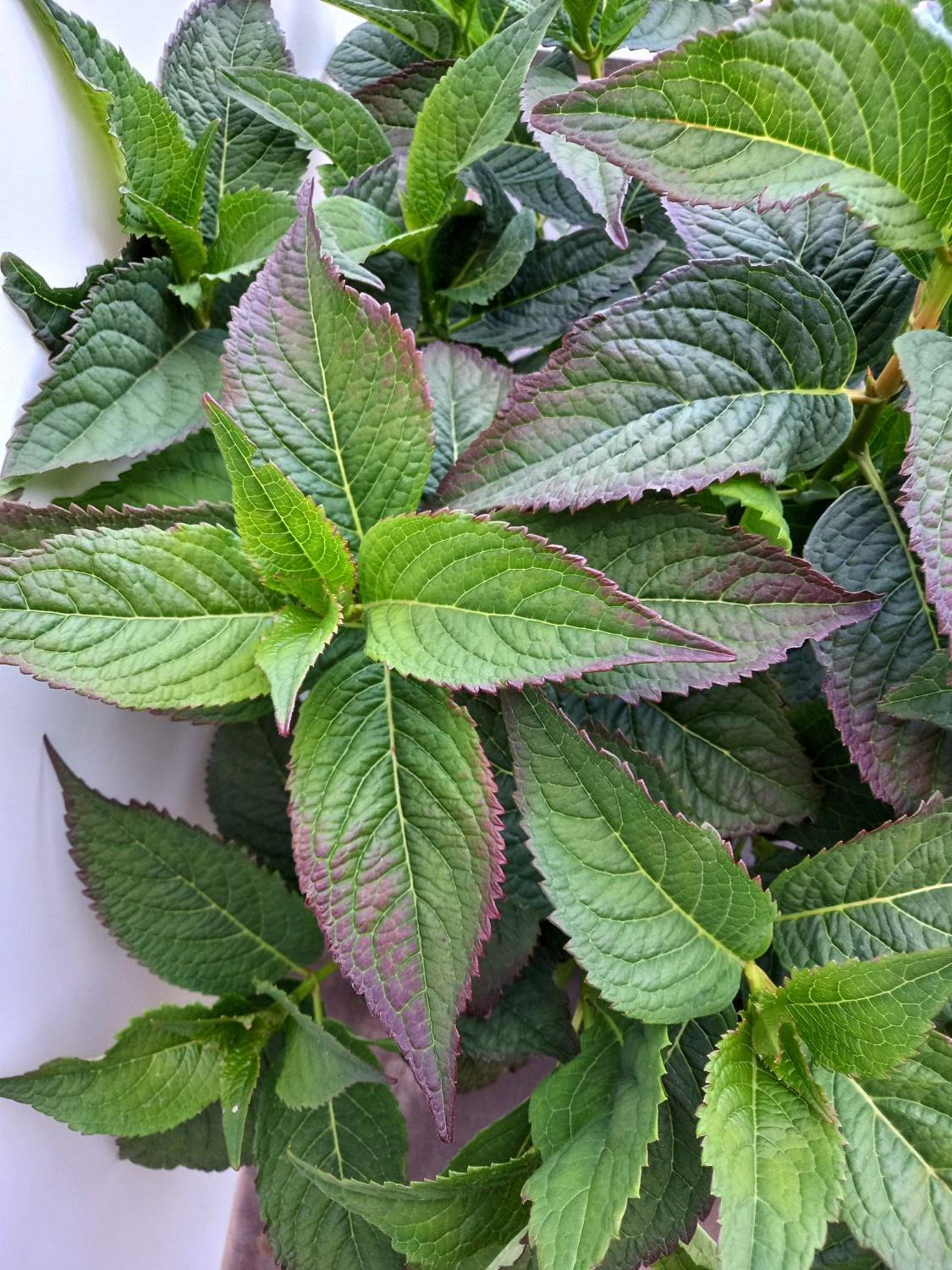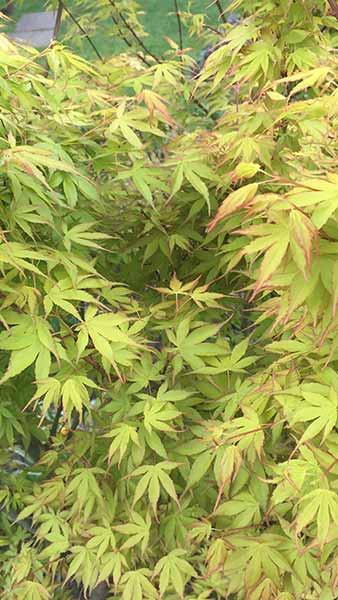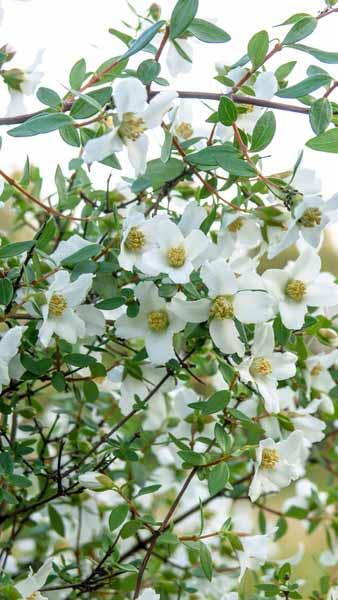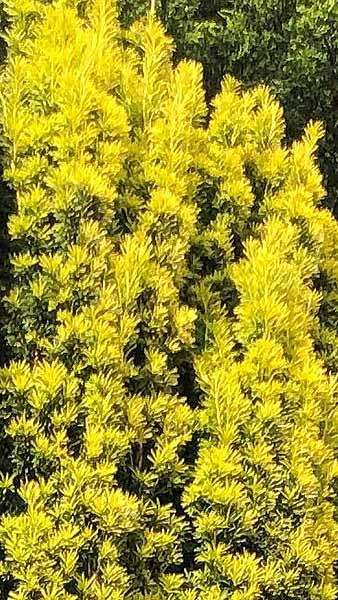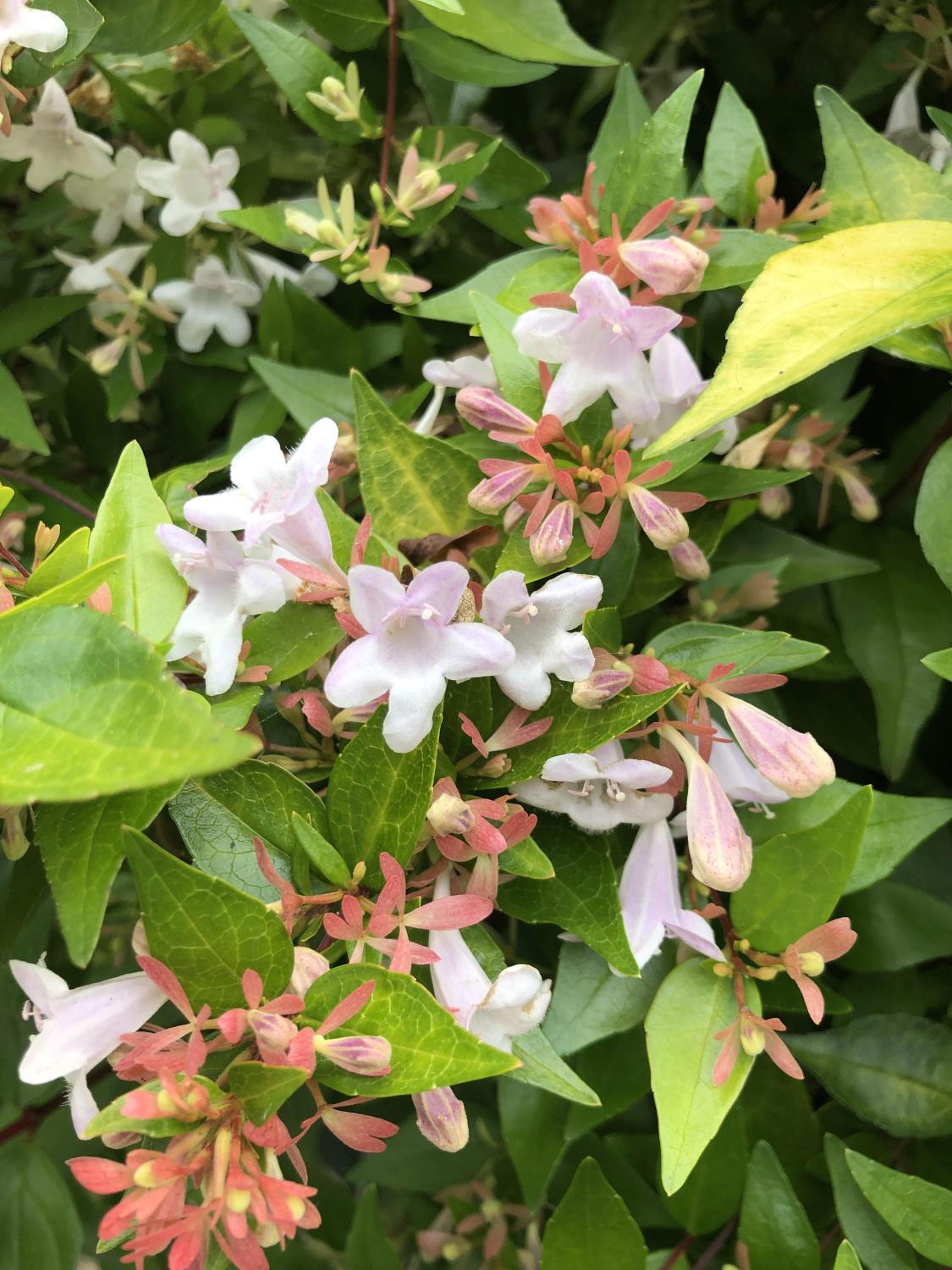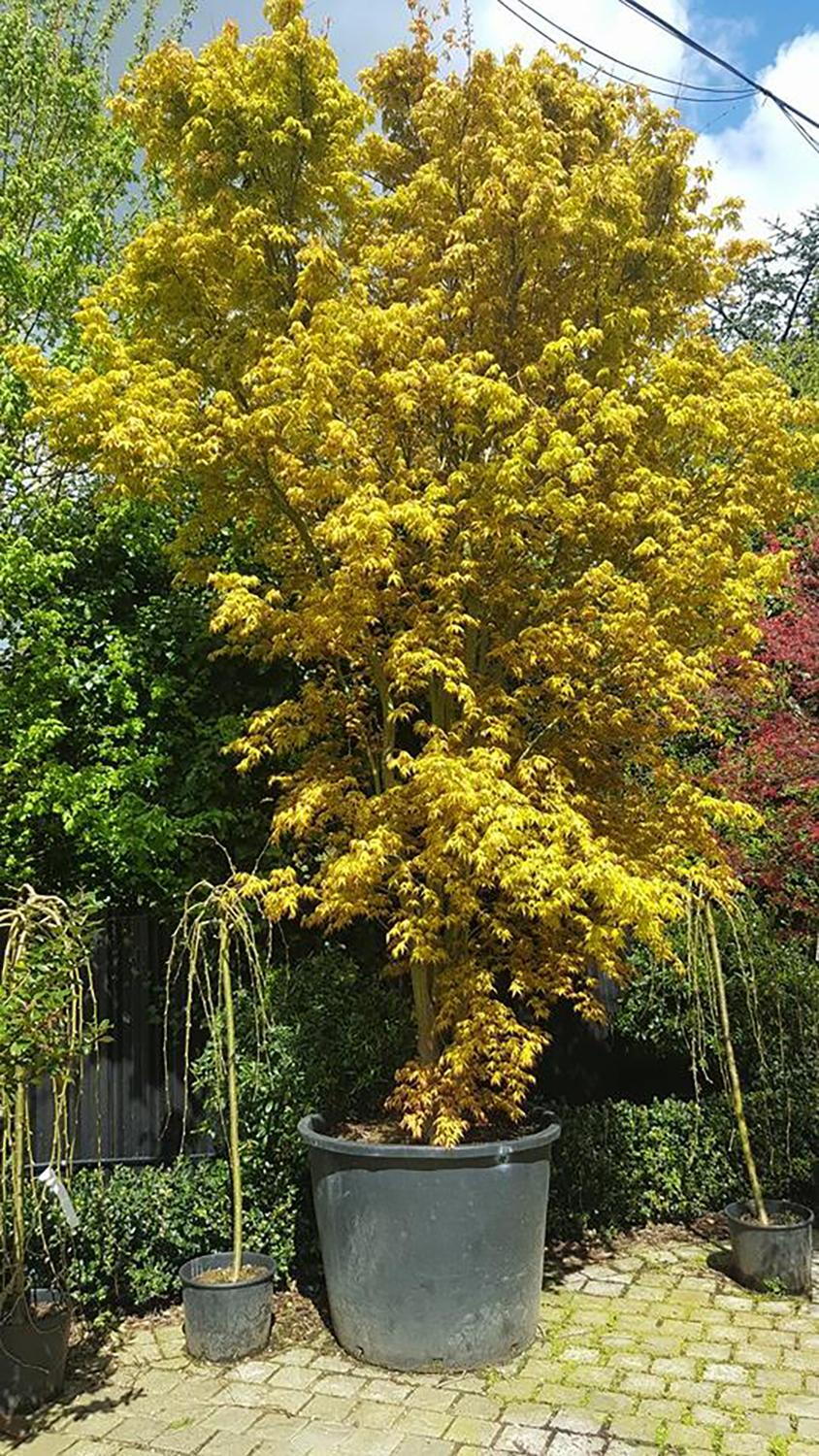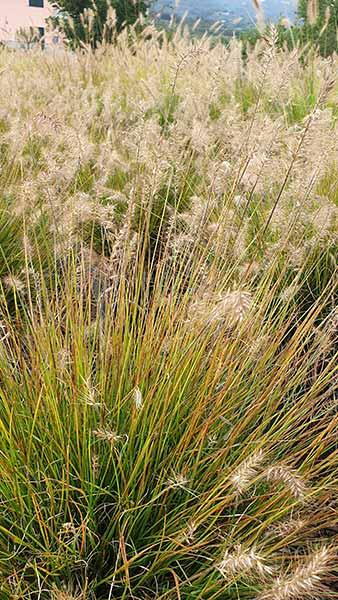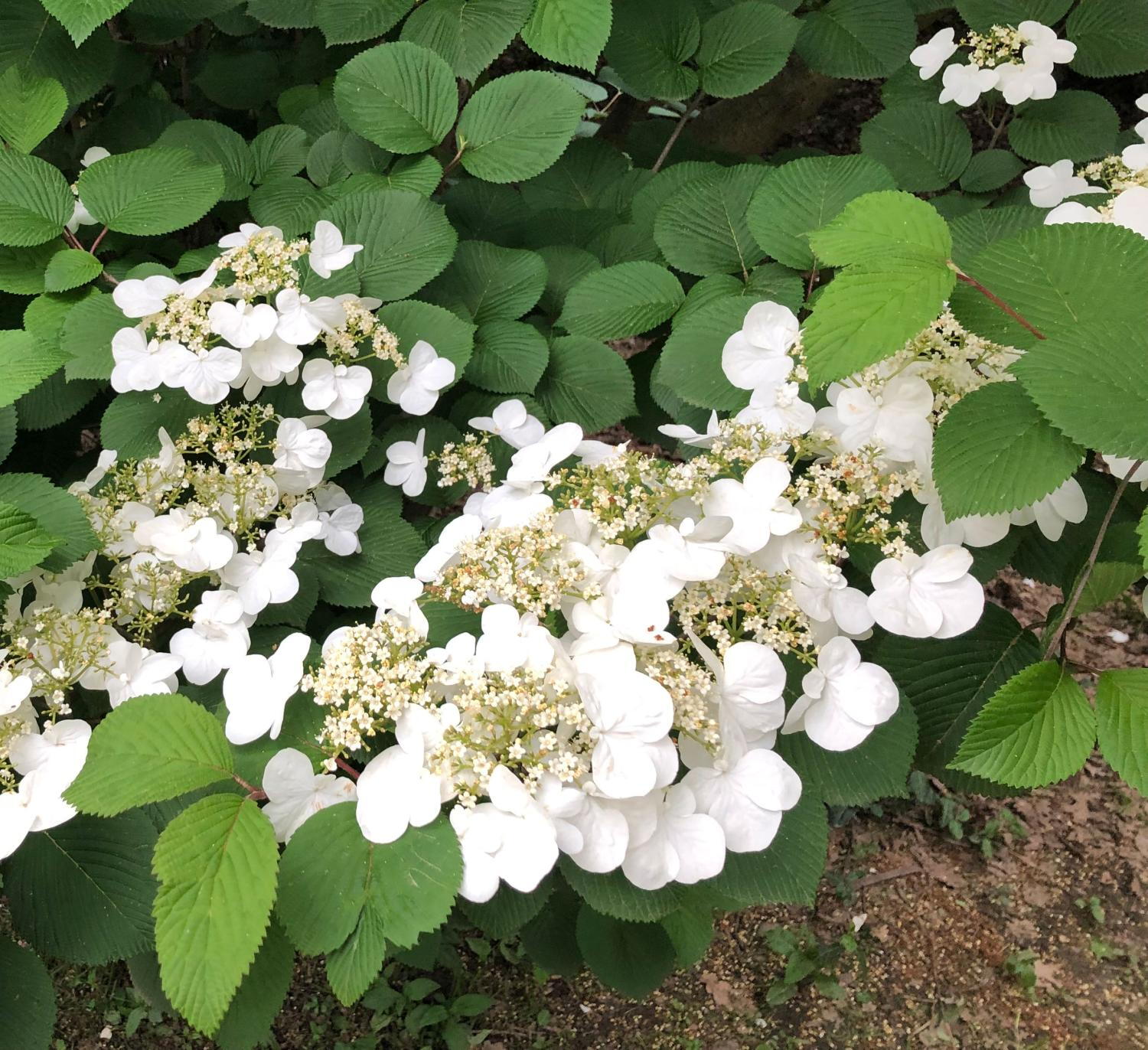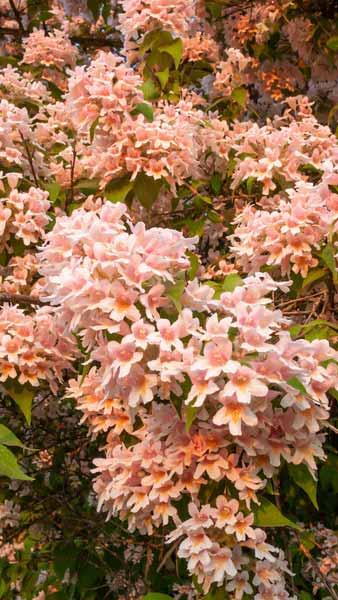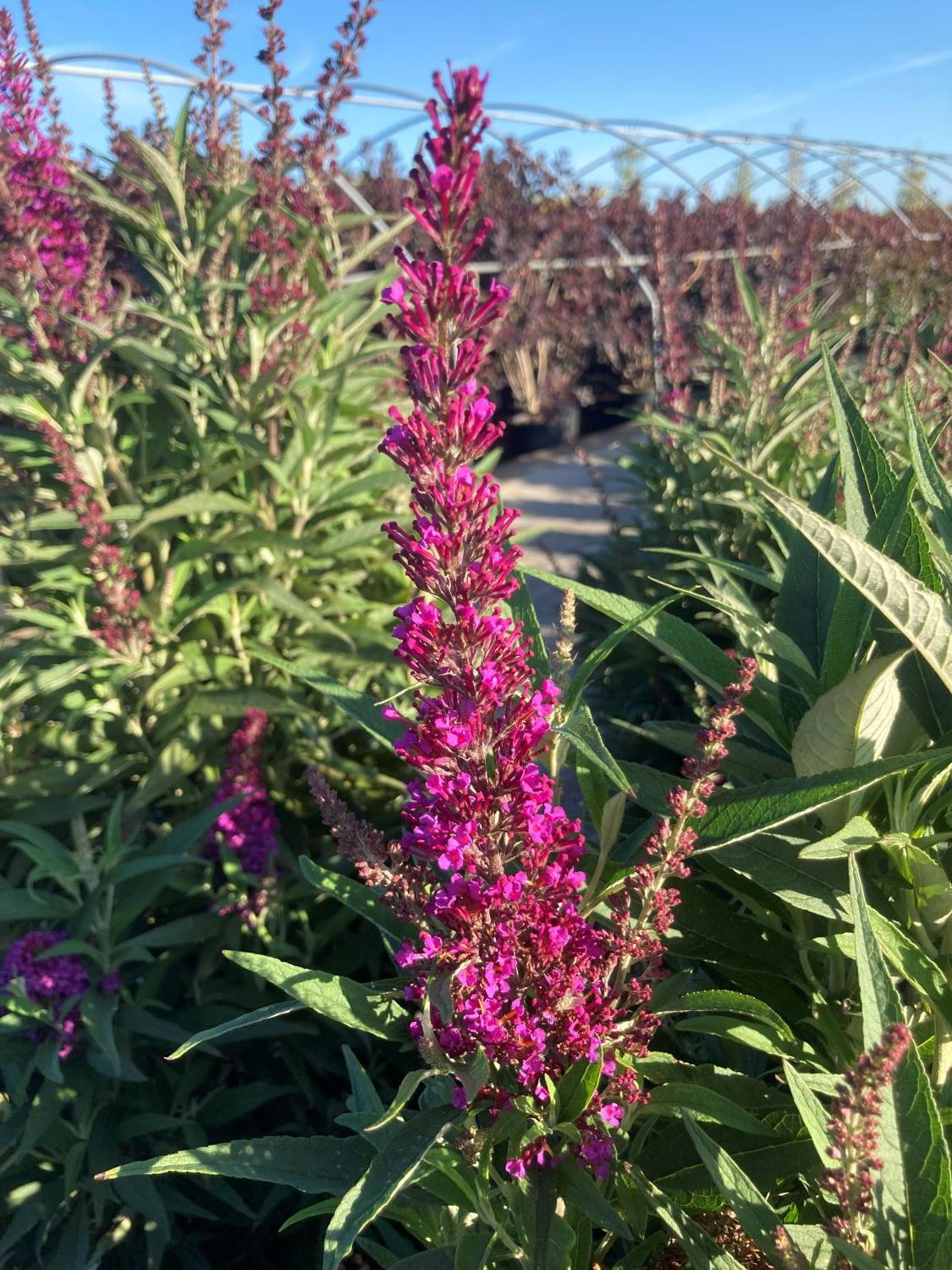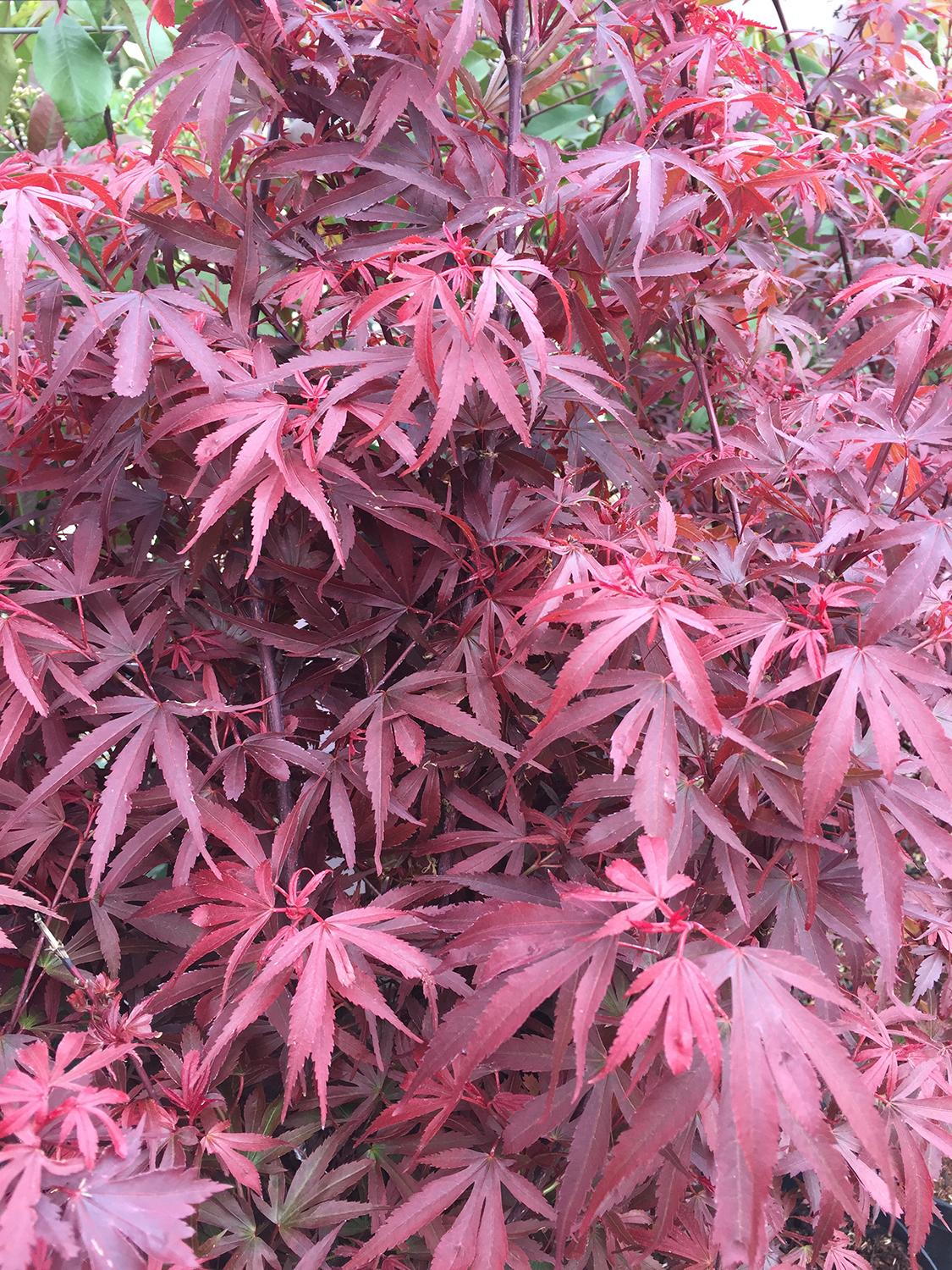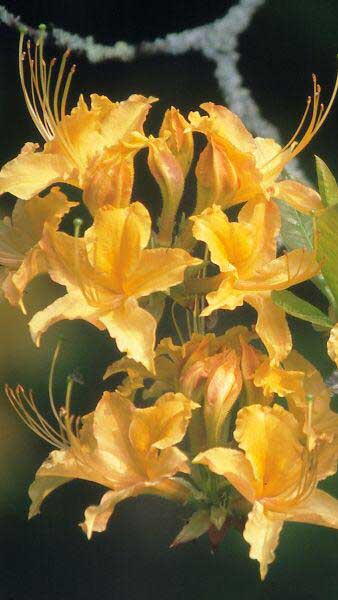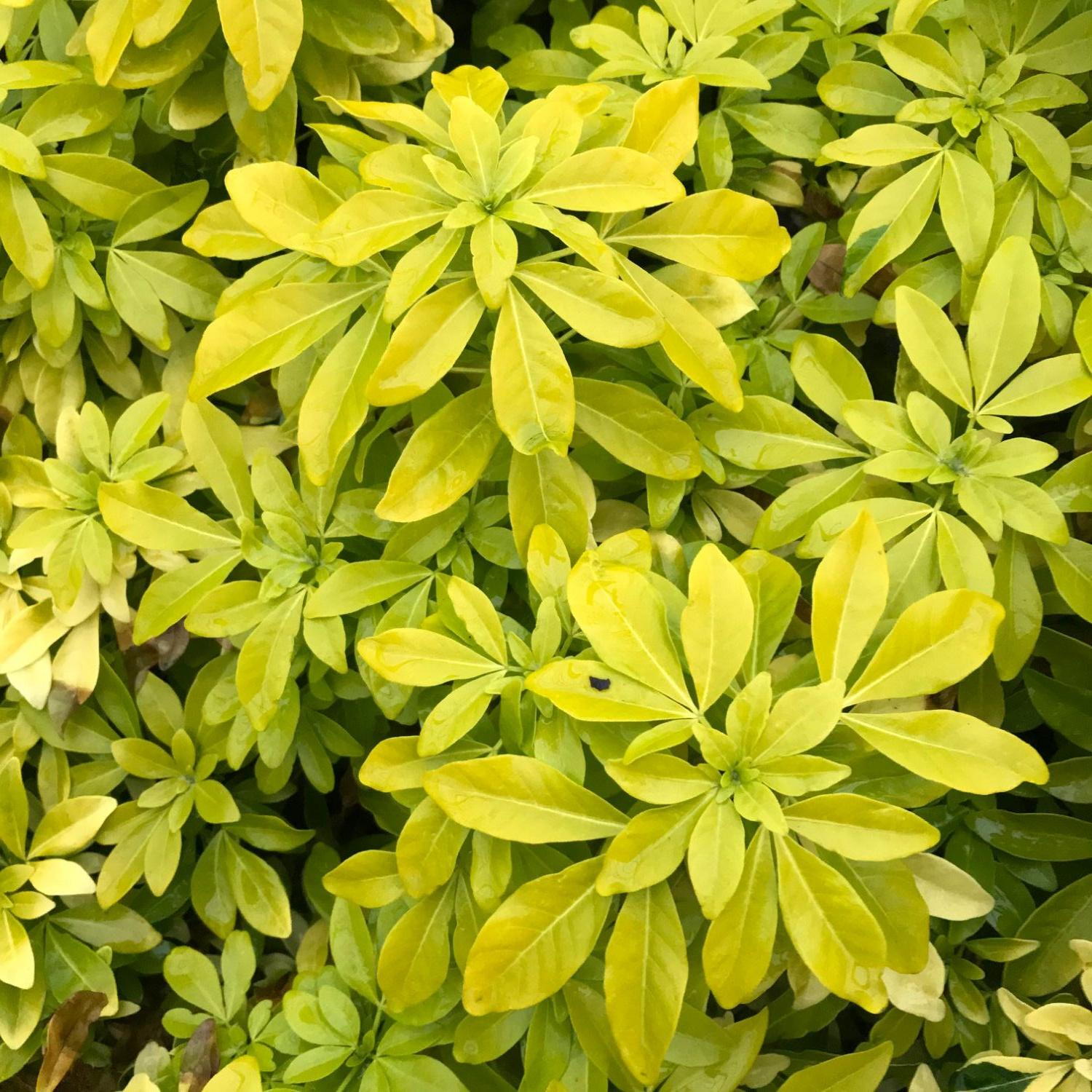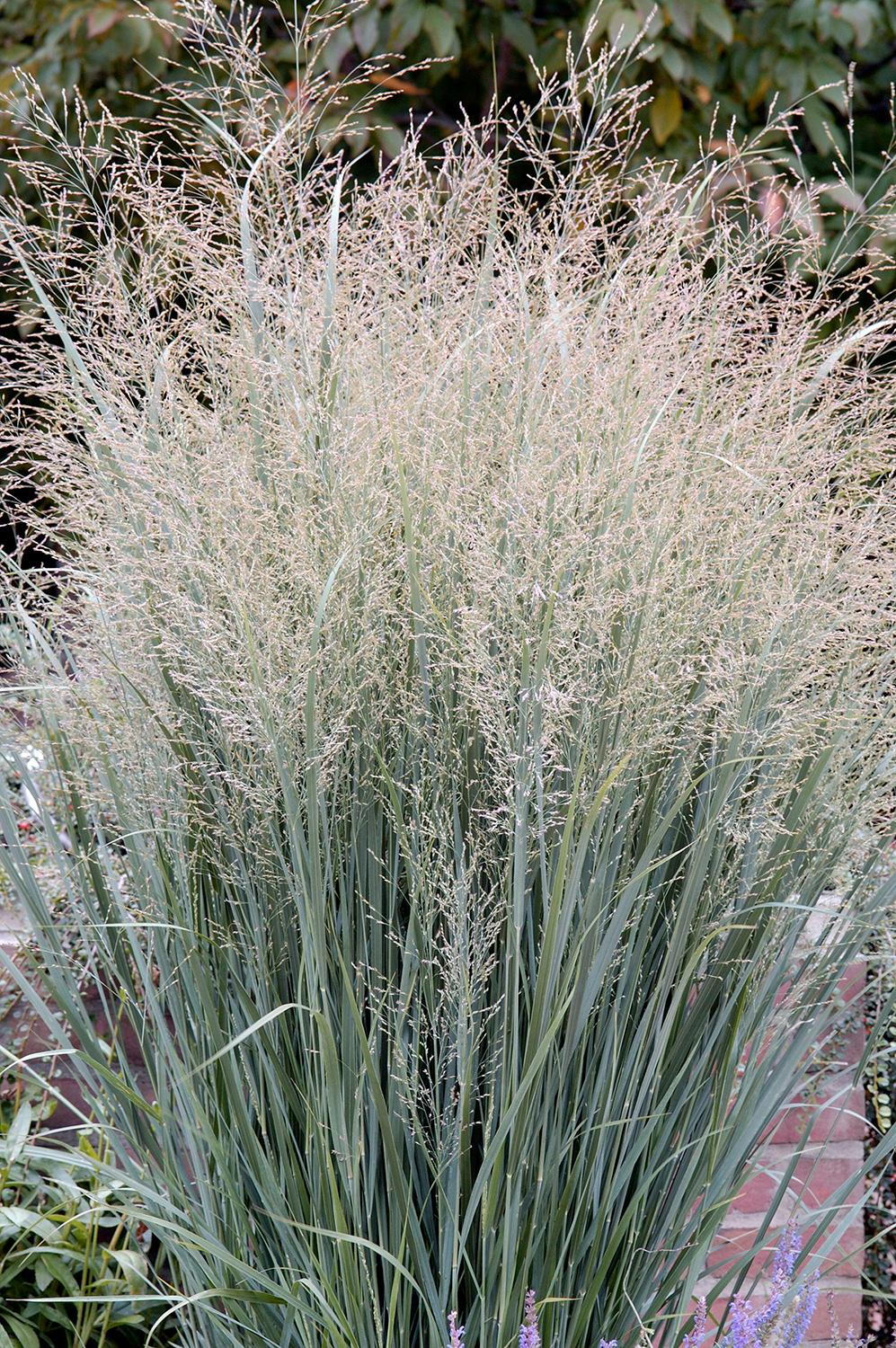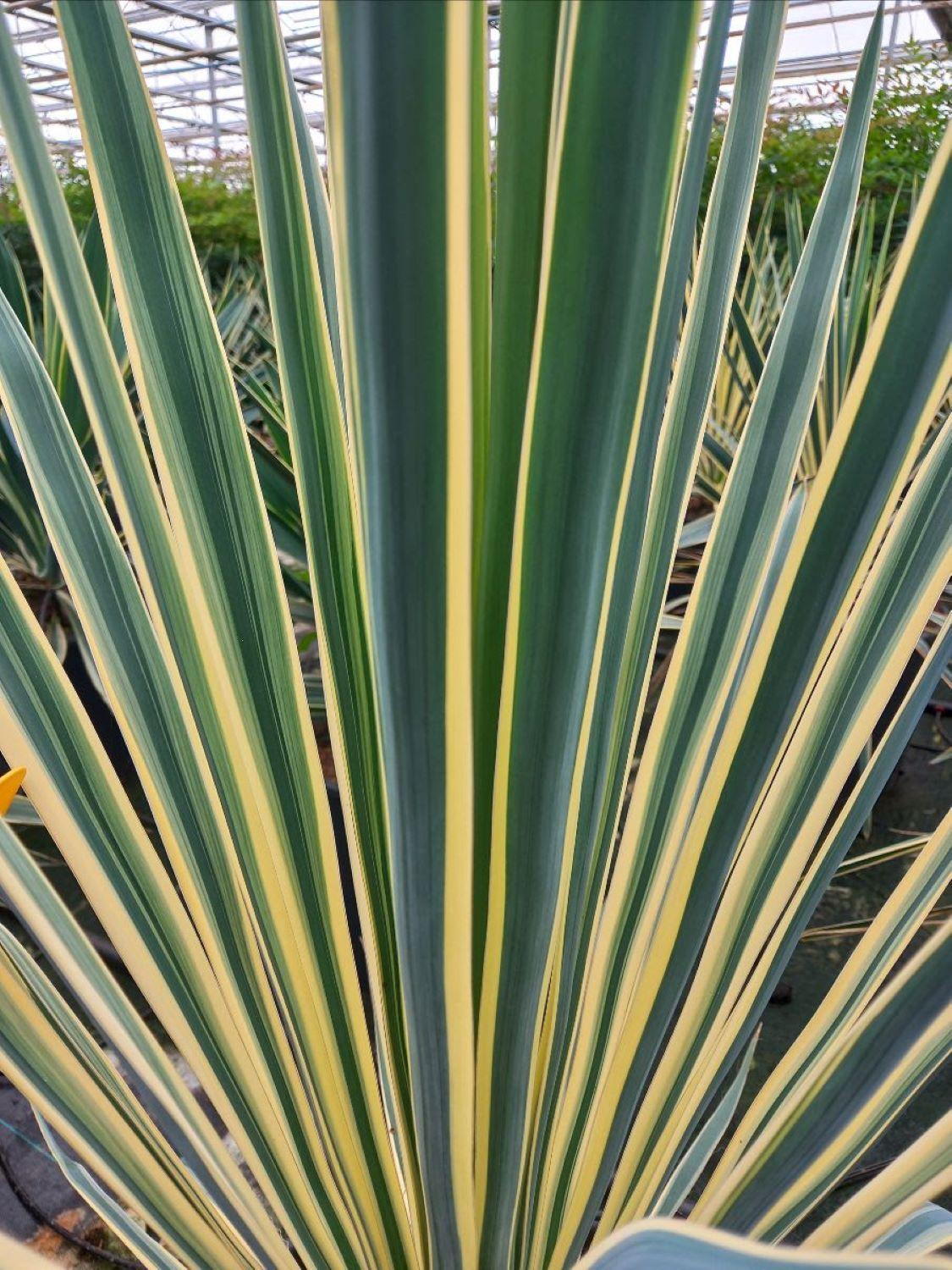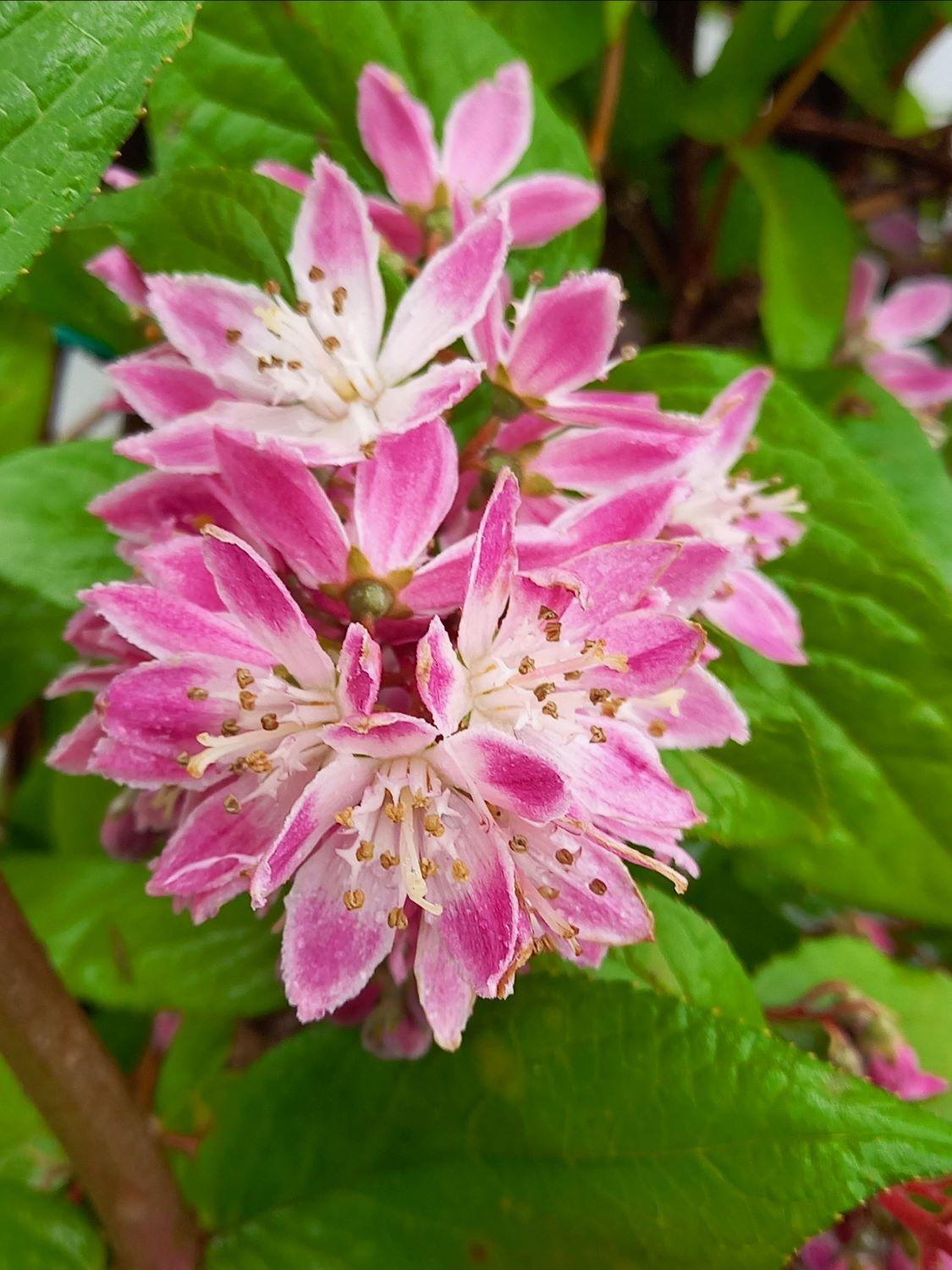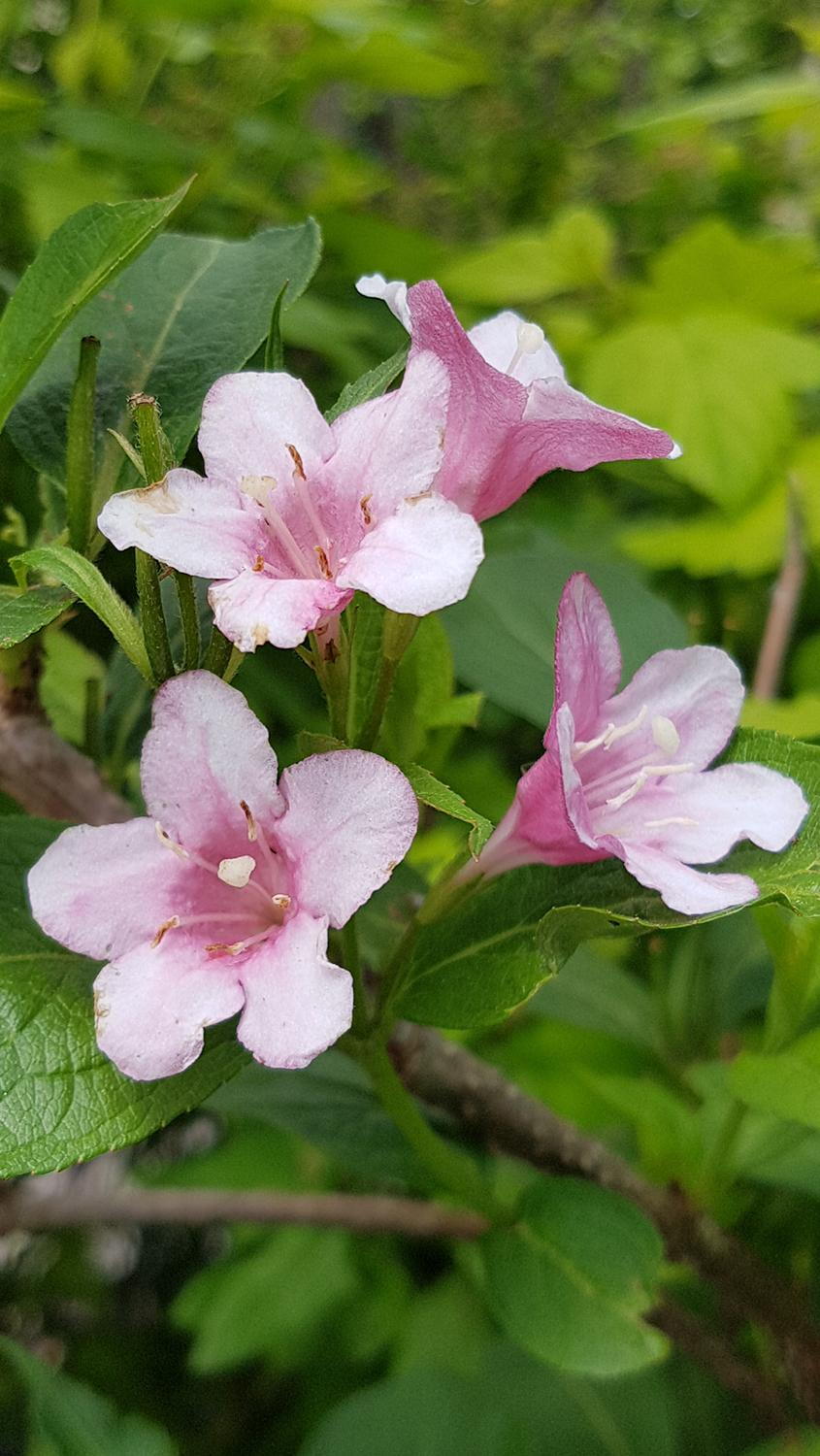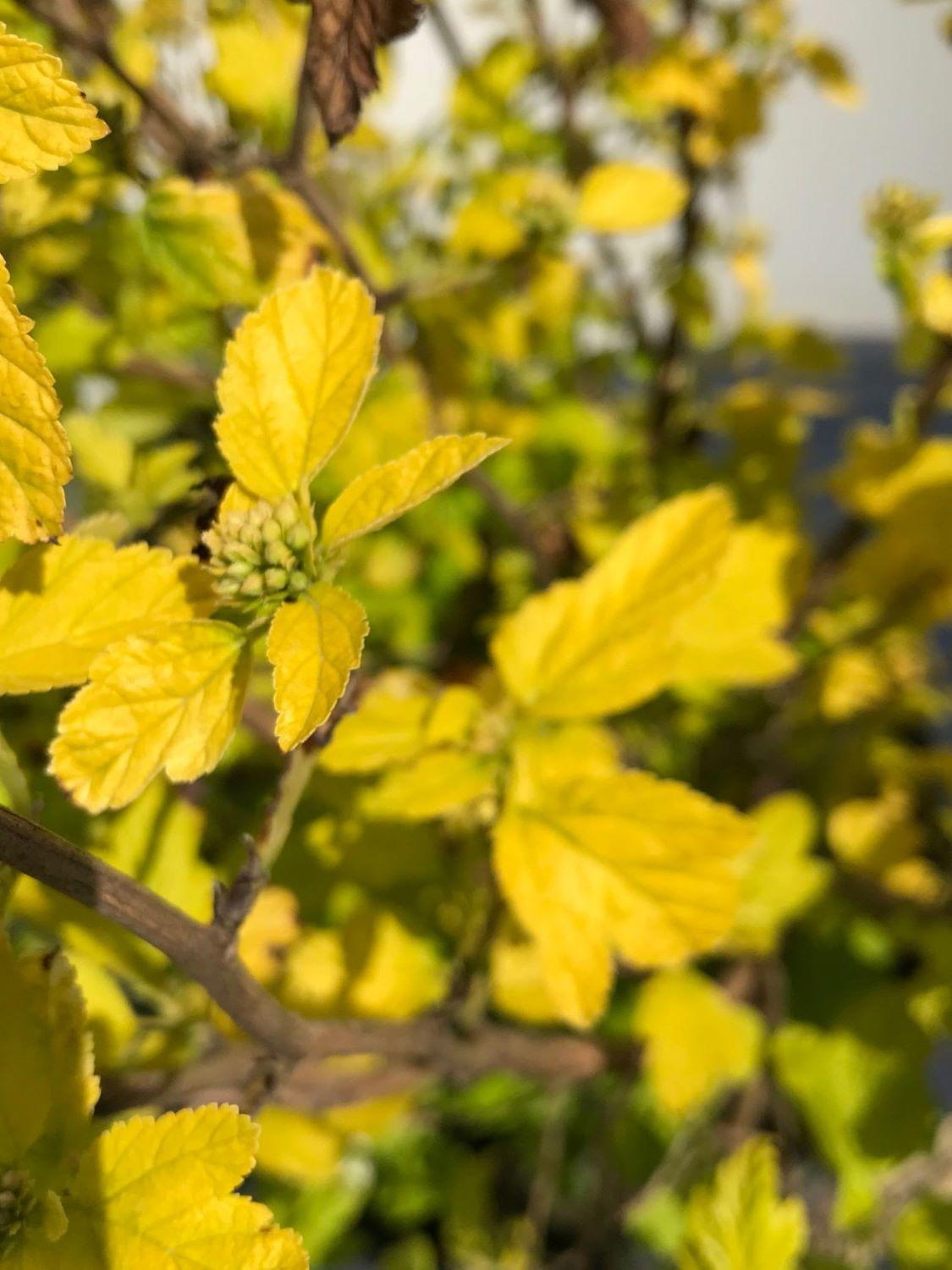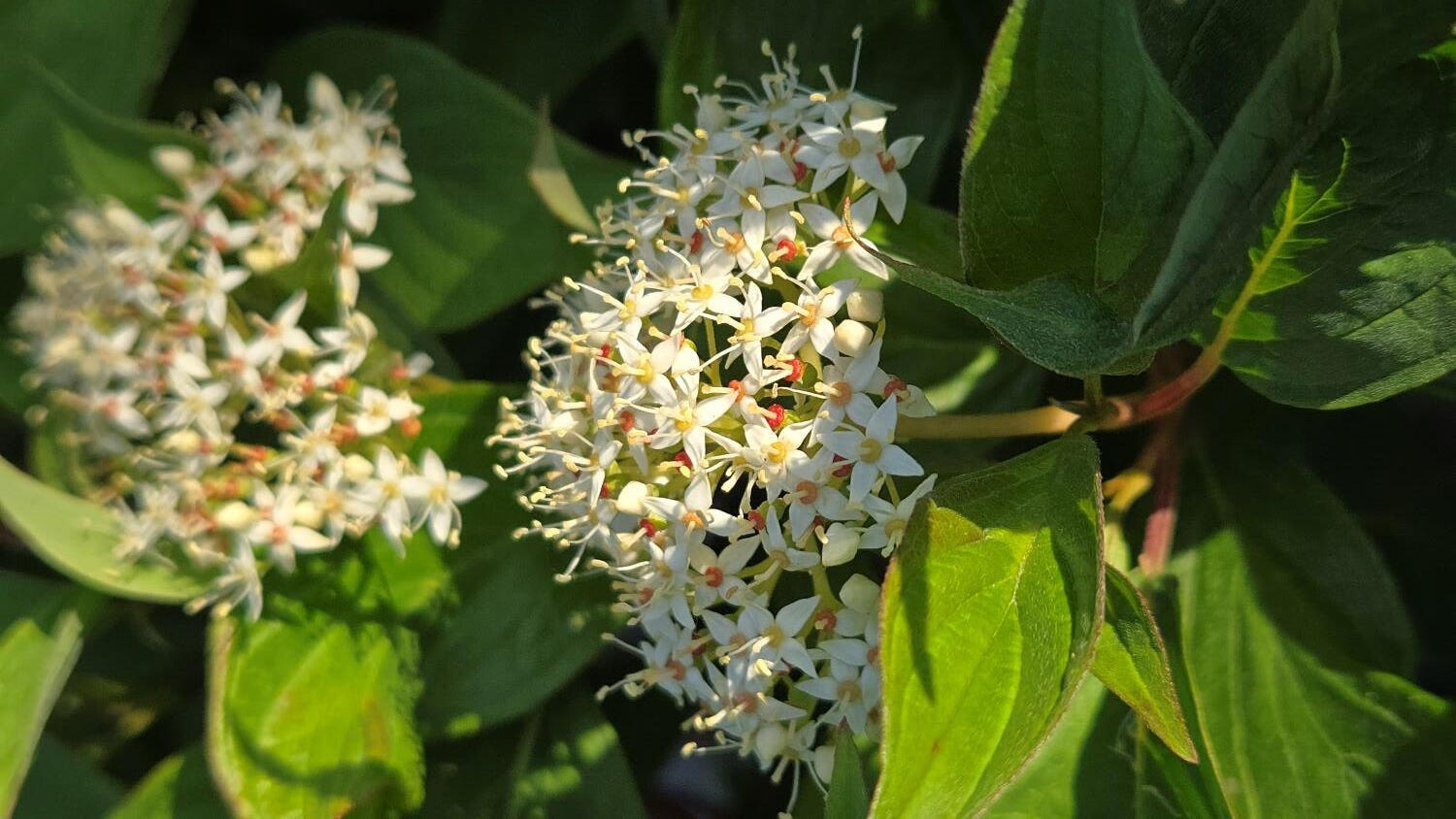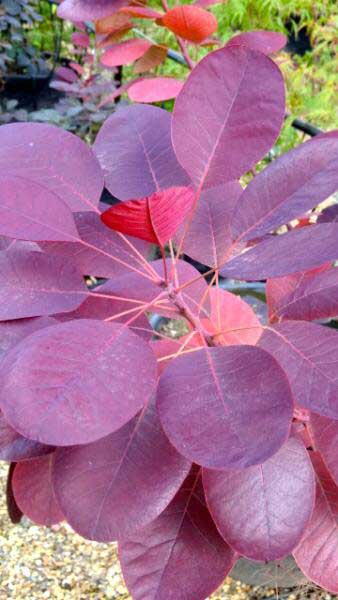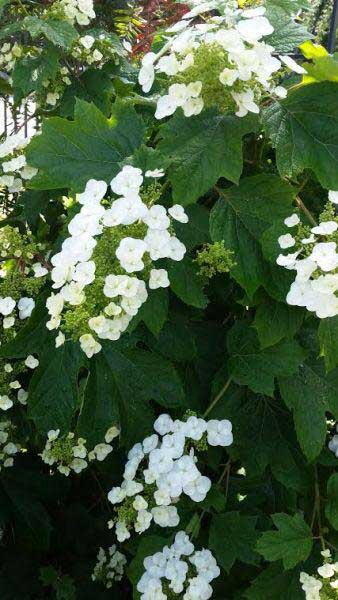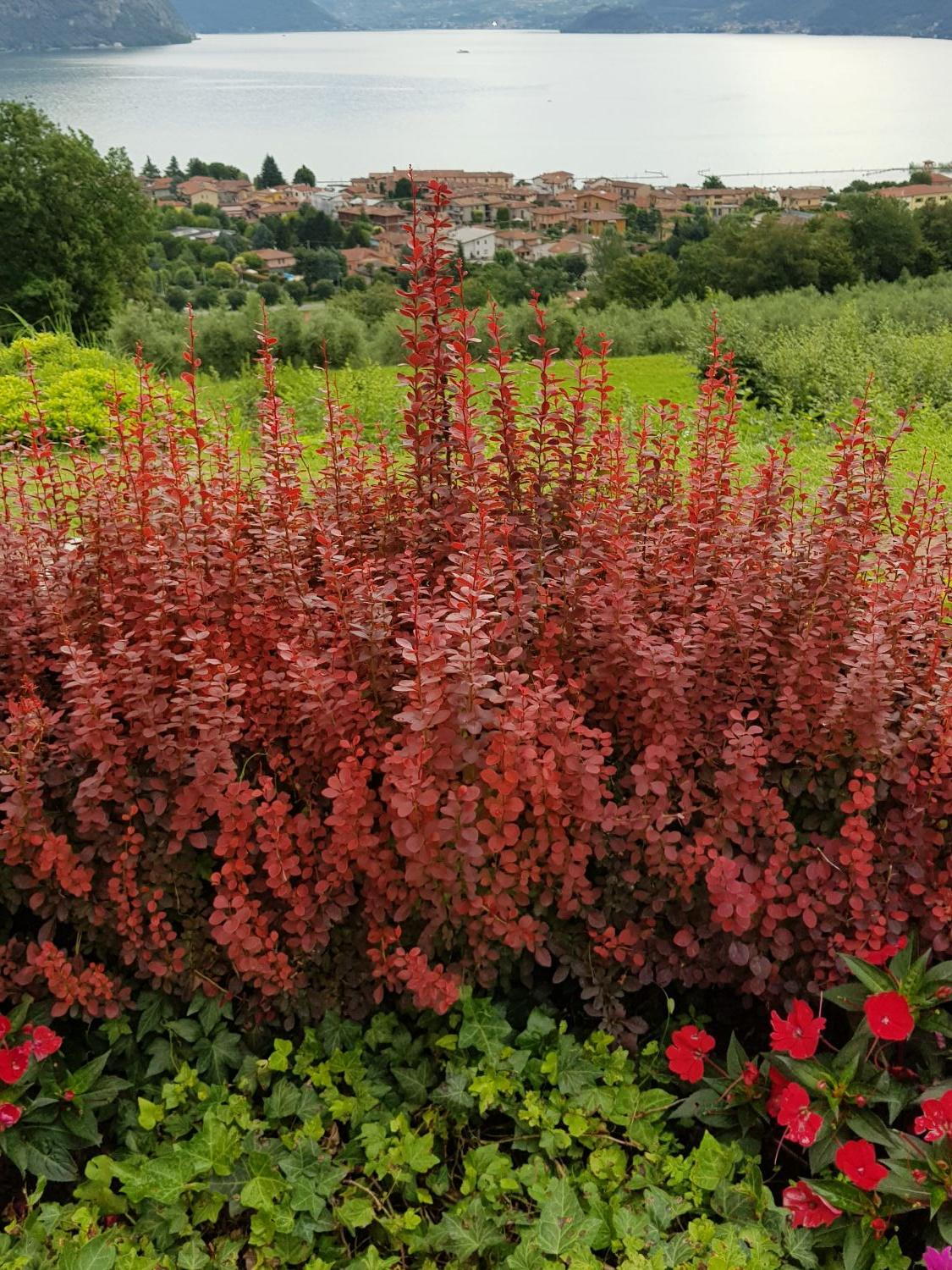Cornus Sanguinea Winter Beauty Dogwood Deciduous Shrub
Cornus Sanguinea Winter Beauty or Dogwood Winter BeautyCornus Sanguinea Winter Beauty is a majestic dogwood variety prized for its exceptionally vivid colours. The foliage, that emerges soft green and retains its colour throughout the summer, is at its best in the autumn, when the inconspicuous green foliage transforms into shades of orange and yellow. When the display of striking autumn leaves drops with the frosts, Dogwood Winter Beauty comes into its own. The bare twigs of this deciduous shrub are highly ornamental, vibrant yellow at the base, darkening to orange-yellow and red at the tips.Height and Spread of Cornus Sanguinea Winter BeautyCornus Sanguinea Winter Beauty is Dutch selection of compact habit, and its ultimate expected height is 1.5 to 2.5 metres, with the same expected spread.How Hardy is Cornus Sanguinea Winter BeautyCornus Sanguinea Winter Beauty is a variety of our native dogwoods, so it is no wonder that it is well-suited to our climate. Fully hardy in the United Kingdom, this beautiful shrub will do well in coastal gardens, as well as inland.How To Use Cornus Sanguinea Winter BeautyVersatile and eye-catching, Dogwood Winter Beauty is one of those shrubs that do well in any landscape. This deciduous shrub offers multiple seasons of interest, but it is the loveliest in autumn and winter, when not many plants in the garden offer much. As a result, Cornus Sanguinea Winter Beauty is best used in mixed shrub borders, where it can complement plants with summer and spring interest and shine when their time passes. Alternatively, you can plant this shrub en masse for an informal hedge or privacy screen.How To Care For Cornus Sanguinea Winter BeautyWhile exceptionally beautiful, Dogwood Winter Beauty does not require much fussing over to thrive. In fact, these hardy, resilient plants are quite easy to grow and care for and have no special demands. It will thrive in any type of soil, including chalk and clay, without sheltering in the winter or summer months, and in any location in the garden. For best results, though, plant this cultivar in well-drained but moist soil, in full sun to partial shade.
